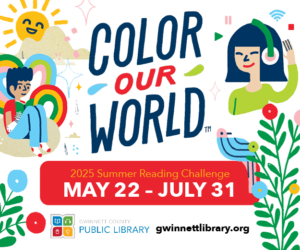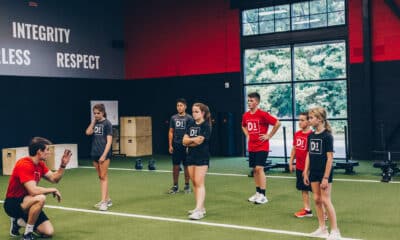Around Atlanta
High Museum of Art Presents Major Julie Mehretu Exhibition
Published
5 years agoon

This fall, the High Museum of Art presents “Julie Mehretu” (Oct. 24, 2020-Jan. 31, 2021), a major traveling exhibition of work by Julie Mehretu (born 1970, Addis Ababa, Ethiopia) co-organized by the Los Angeles County Museum of Art (LACMA) and the Whitney Museum of American Art. This is the first comprehensive survey of the artist’s career, covering more than two decades of her work, from 1996 to the present, and uniting nearly 40 drawings and prints and 35 paintings predominantly monumental in size and scale.
Mehretu’s work bears witness to the shaping of human consciousness through the combination and reconfiguration of sources and images that address history and its intersection with the present. Her process involves compiling a vast and diverse archive of sources, including diagrams and maps, cave markings, Chinese calligraphy, architectural renderings, graffiti, photojournalism and texts. The exhibition also reveals the centrality of drawing in Mehretu’s artistic practice, from her diminutive drawings made in the 1990s to her monumental paintings of the 2000s, and explores the abiding influences of indexing, diagramming, and mapping as well as their techniques, aesthetics and ideologies.
Mehretu’s work of the past decade draws from present-day images of natural disasters, human rights atrocities and global conflicts. Her most recent work in the exhibition refers to the detention camps holding migrant children along the southern border of the United States and is often scaled to the size and reach of her body. This correspondence between the artist’s body and her distinctly physical application of paint (and erasure of objective imagery), in combination with fragmented images produced in drawing, printmaking and stenciling techniques, lend the recent work a palpable sense of urgency and poignancy.
A highlight of the exhibition is Mehretu’s cycle of four monumentally scaled paintings titled “Mogamma (A Painting in Four Parts)” (2012). Reunited for the first time since they were last shown together in 2013, “Mogamma” interrogates themes of migration, revolution, global capitalism and technology at the dawn of the Arab Spring. Each painting in the cycle belongs to four different museums across three continents. The High Museum of Art acquired “Mogamma (Part 2)” in 2013.
“We are grateful for the opportunity to present this sweeping examination of Mehretu’s dynamic, multi-faceted career,” said Rand Suffolk, Nancy and Holcombe T. Green, Jr., director of the High. “The globally conscience themes in her work align strongly with our commitment to celebrating diverse perspectives through the High’s collection and exhibition program. We look forward to offering our audiences a chance to experience a broad spectrum of her creative genius.”
“Julie Mehretu is one of the most consequential artists in the first quarter of this century,” said Michael Rooks, Wieland Family Curator of Modern and Contemporary Art, “. . . because she has managed to synthesize histories told and untold, and history in the making, with our present moment beset by dislocation and turmoil. Among the histories with which she contends is the history of visual culture, particularly the language of abstraction, which powerfully expresses the fragmentation, splintering, formation, and reformation of our present moment.”
“Julie Mehretu” considers the artist’s excavation of the histories of art, architecture, and past civilizations and addresses themes in her work such as migration, revolution, human rights, social justice, climate change and global capitalism. Additionally, the exhibition considers Mehretu’s career in printmaking through a selection of works produced with such techniques as etching, photogravure, aquatint and engraving. In its combination of media, the exhibition draws attention to the artist’s agility in radically shifting scale, moving from the intimate to the grand and from the personal to the universal. The exhibition will also include British artist Tacita Dean’s 2011 filmic portrait of Mehretu titled “GDGDA.”
Previously on view at LACMA (Nov. 3, 2019-Sept. 7, 2020), the exhibition will travel to the Whitney Museum of American Art (March 19-Aug. 8, 2021) and the Walker Art Center (Oct. 16, 2021-March 6, 2022) following its presentation at the High.
In early works such as “Untitled (two)” (1996), “Map Paint (white)” (1996) and “Untitled (yellow with ellipses)” (1998), Mehretu explores how to represent the cumulative effect of time by layering materials. In these paintings, she has embedded drawings between layers of poured paint, creating fossilized topographies.
In “Stadia II” (2004) and “Black City” (2007), Mehretu interrogates sports and military typologies to disrupt modern conceptions of leisure, labor and order. The coliseum, amphitheater and stadium in “Stadia II” represent spaces designed to accommodate and organize large numbers of people but that also contain an undercurrent of chaos and violence. While “Stadia II” is filled with curved lines and an array of pageantry such as flags, banners, lights and seating, “Black City” is more linear and contains references to the military and war, including general stars and Nazi bunkers. Both works call attention to the ways in which modern culture and the spectacle of contemporary wars, such as the War on Terror and the Iraq War, are connected to imperialism, patriarchy and power.
The four-part “Mogamma” (2012) took significant inspiration from the 2011 Egyptian revolution, part of the Arab Spring of uprisings in the Middle East and North Africa. The work was named after a government administrative building on Tahrir Square that was seen as a symbol of modernism and the country’s liberation from colonial occupation when it was first built in 1949. It was later associated with government corruption and bureaucracy before eventually serving as a revolutionary site. Mehretu began work on the four vertical canvases by exploring the densely layered environment of Tahrir Square, where an array of architectures — including structures built in Islamic, European and Cold War styles — coexist. She then created a web of drawings that combined the Brutalist architectural style of the Mogamma with details from other public squares associated with the revolutionary fervor of the Arab Spring, such as the amphitheater stairs and spiraling lights of Meskel Square in Addis Ababa, Ethiopia, and the midcentury high-rise buildings surrounding Zuccotti Park in New York. Over this, she layered drawings of global sites of public protest and change, such as Red Square in Moscow and Tiananmen Square in Beijing. “Mogamma” was installed in Documenta in 2012 and again in London in 2013. This exhibition reunites all four panels of the monumental painting and marks the first time the work has been shown in its entirety in the United States. Before traveling with the exhibition, “Part 2” had been on view at the High since the Museum acquired it in 2013.
Mehretu’s most recent paintings introduce bold gestural marks and employ a dynamic range of techniques such as airbrushing and screenprinting. The works draw on her archive of images of global horrors, crises, protests and abuses of power, which she digitally blurs, crops and rescales. She uses this source material as the foundation for her paintings, overlaying the images with calligraphic strokes and loose drawings. For example, “Conjured Parts (eye), Ferguson” (2016) links disembodied anatomy with a site of violence and political strife. The painting began with a blurred photograph of an unarmed man with his hands up facing a group of police officers in riot gear, which was taken during the protests following the fatal shooting of Michael Brown in Ferguson, Missouri. Mehretu layered color over a blurry, sanded black-and-gray background; fuchsia and peachy-pink areas rise from below while toxic green tones float above like distant skies drawing near. Outlines of eyes, buttocks and other body parts appear within the graffiti-like marks and black blots hovering over smoky areas, suggesting human activity obscured.
In “Hineni (E. 3:4)” (2018), Mehretu addresses the fires caused by climate change and the intentional burning of Rohingya homes in Myanmar as part of a campaign of ethnic cleansing. The painting is based on an image from the 2017 Northern California wildfires, while the word “hineni” in the title translates to “here I am” in Hebrew, which was the biblical prophet Moses’s response to Yahweh (God), who called his name from within the burning bush. By interrogating three types of fires in this painting — one environmental, one intentional and one prophetic — Mehretu explores the contradictory meanings of a single elemental force.
Installed alongside these recent paintings, “Epigraph, Damascus” (2016) is a notable achievement in printmaking for Mehretu, representing a new integration of architectural drawings and painting overlaid with an unprecedented array of marks. Working closely with master printer Niels Borch Jensen, Mehretu used photogravure, a 19th-century technique that fuses photography with etching. She built the foundation of the print on a blurred photograph layered with hand-drawn images of buildings in Damascus, Syria, then composited that with a layer of gestural marks made on large sheets of Mylar. On a second plate, she executed her characteristic variety of light-handed brushstrokes, innovatively using techniques known as aquatint and open bite.
Many of Mehretu’s large-scale works will be on view throughout the galleries. The artist is known to create large horizontal canvases full of layered drawings to work out complexities of scale, size, detail and expanse. These panoramas often take on monolithic or compressed themes and histories such as African liberation movements and the architecture of spectacle.
The exhibition will also feature “Transcending: The New International” (2003). The painting began with a map of Ethiopia’s capital city, Addis Ababa, which Mehretu fused with maps of every African economic and political capital, creating a vast network of aerial views of the continent. In subsequent layers, she included drawings of both colonialist architecture in Africa and iconic modernist buildings erected there during and after liberation. In the center of the painting, she layered drawings of the many African plazas of independence with idiosyncratic markings she has called “characters.” Here, these characters stage battles, migrate, form alliances, congregate and ultimately participate in a system of entropy.
“Julie Mehretu” will be on view in the Cousins Special Exhibition Galleries on the Second Level of the High’s Wieland Pavilion.
Related
Around Atlanta
MomoCon 2025 to bring 60,000 Fans to Atlanta for a Weekend of Cosplay, Animation, Gaming and Music
Published
21 hours agoon
May 16, 2025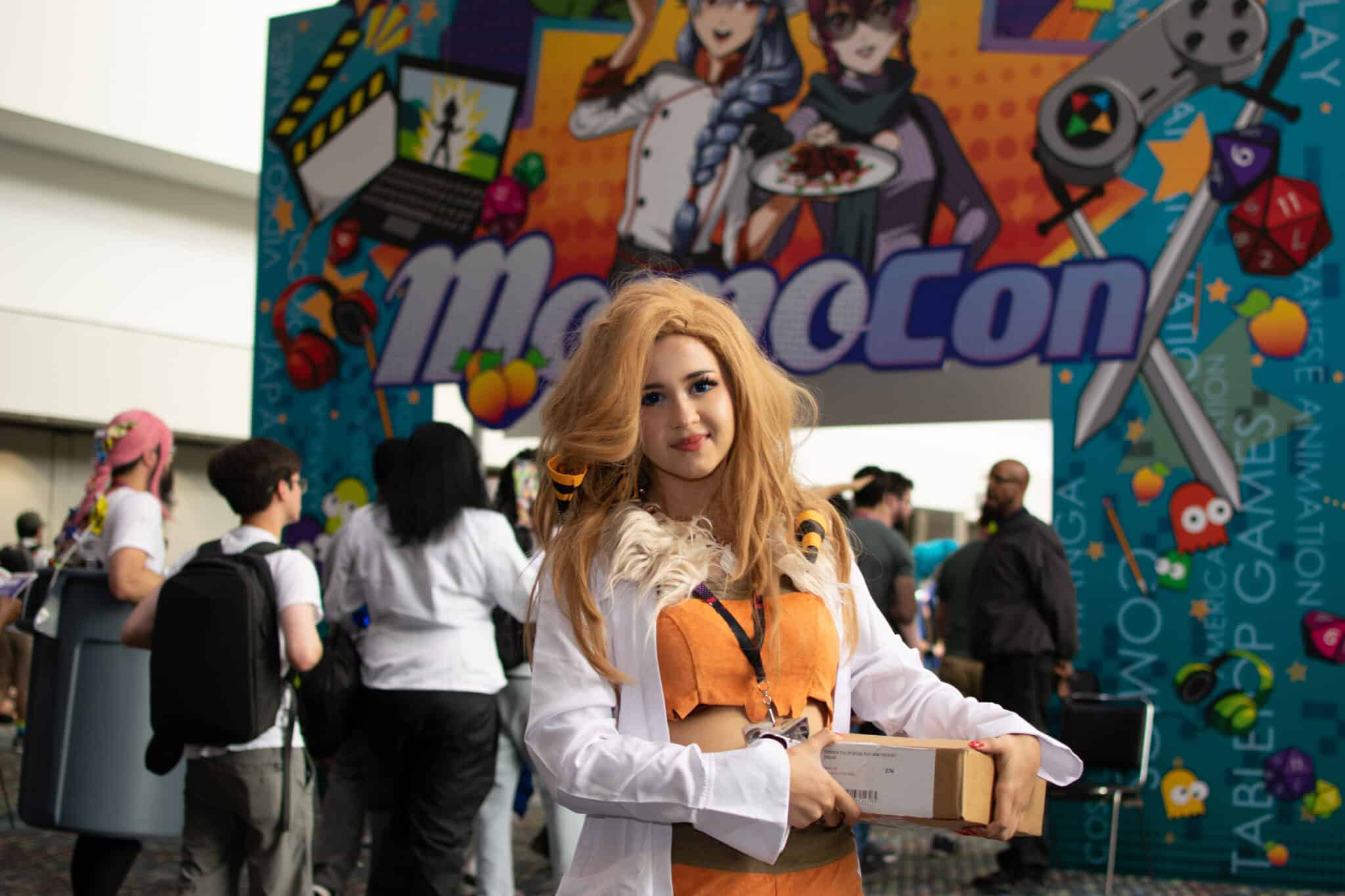
This year’s event is expected to have an economic impact of $42.4 million for the city.
MomoCon, the annual multi-genre, “geek culture” convention celebrating all things cosplay, comics, gaming, anime and music, is back for another exciting weekend at the Georgia World Congress Center, May 22–25 — marking its 20th anniversary in Atlanta.
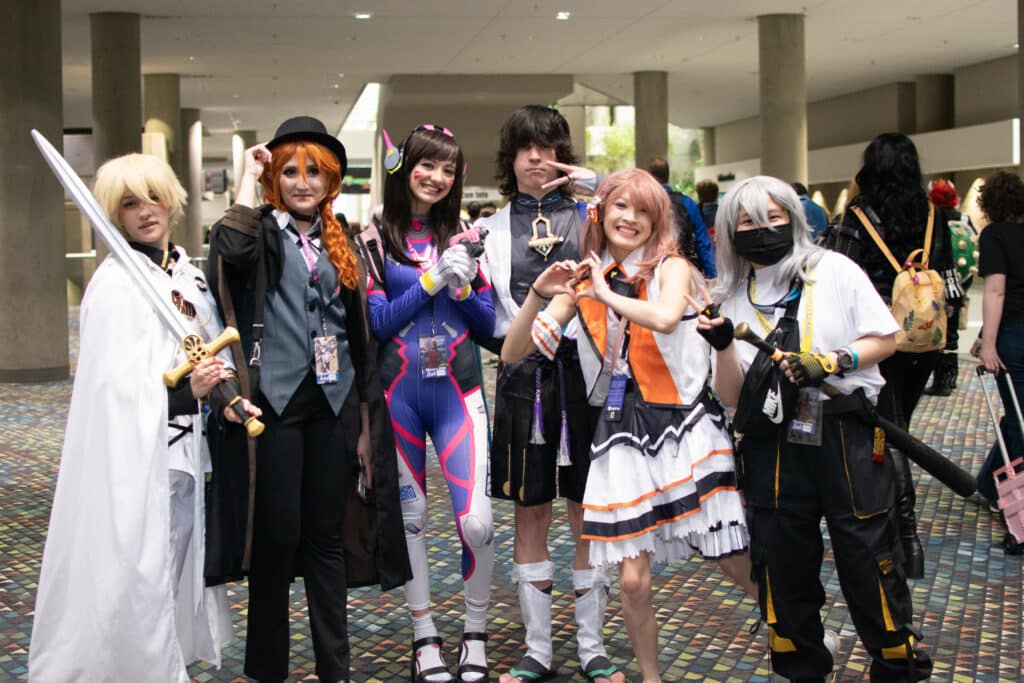
One of the fastest growing, all-ages conventions in the country, MomoCon welcomed 56,000 guests in 2024. This year, more than 60,000 fans of Japanese anime, American animation, comics and gaming (video games, esports, tabletop, LARP) — from across the U.S. and around the world — are expected to show up and celebrate their passion.
According to the Atlanta Convention & Visitor’s Bureau, the four-day event is expected to have an economic impact of $42.2 million in metro Atlanta.
2025 highlights
New this year: The theme for MomoCon 2025 is “90s Retro.” Attendees will find a roller skating rink, expanded arcade and online gaming area and a return of the “Bring Your Own Computer” (BYOC) section.
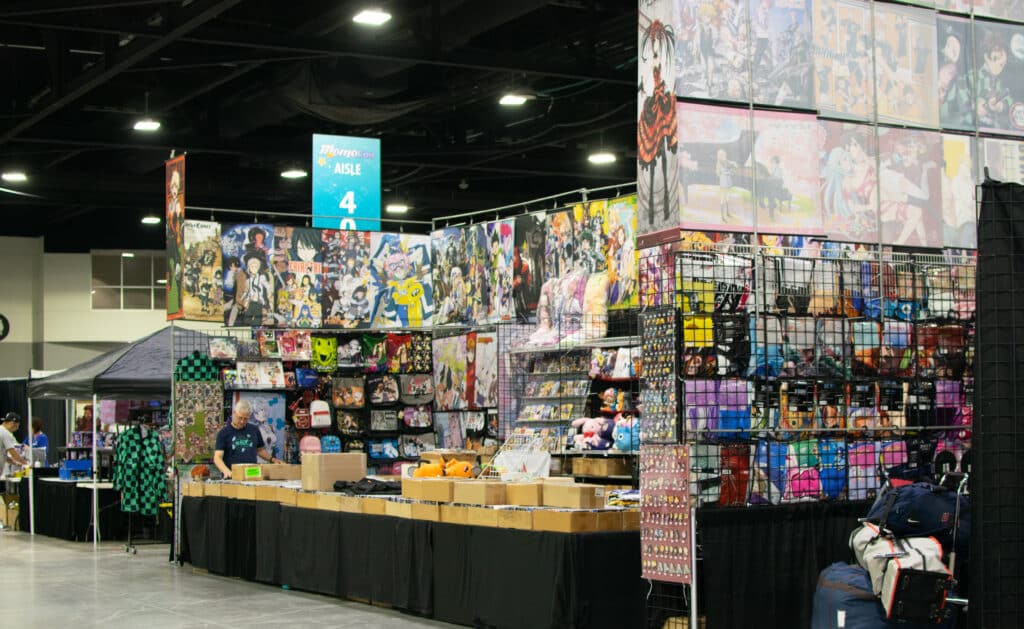
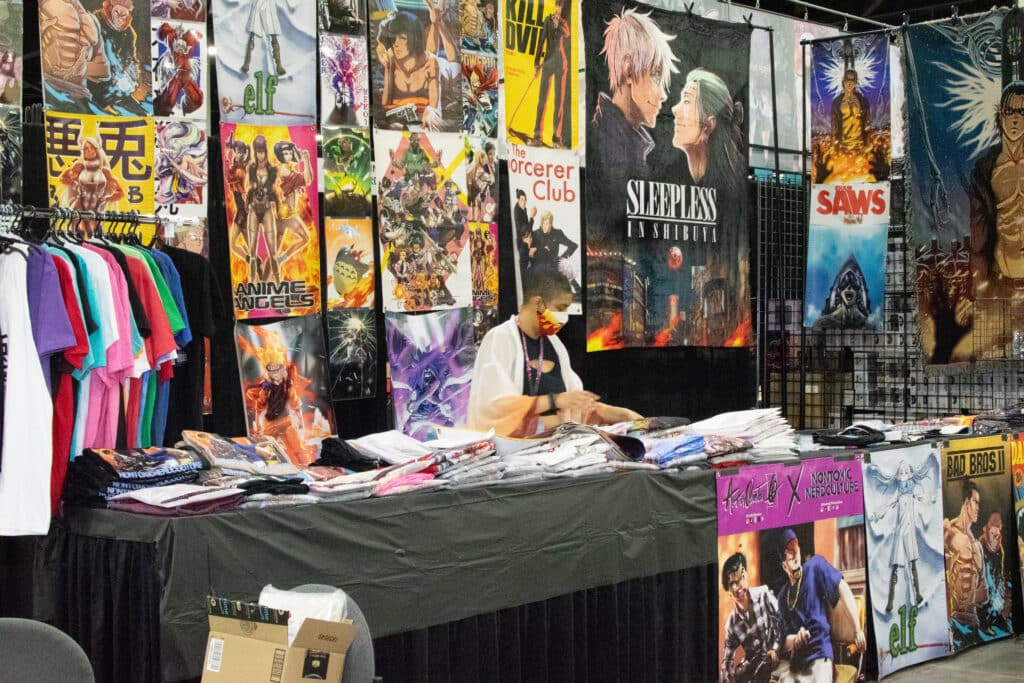
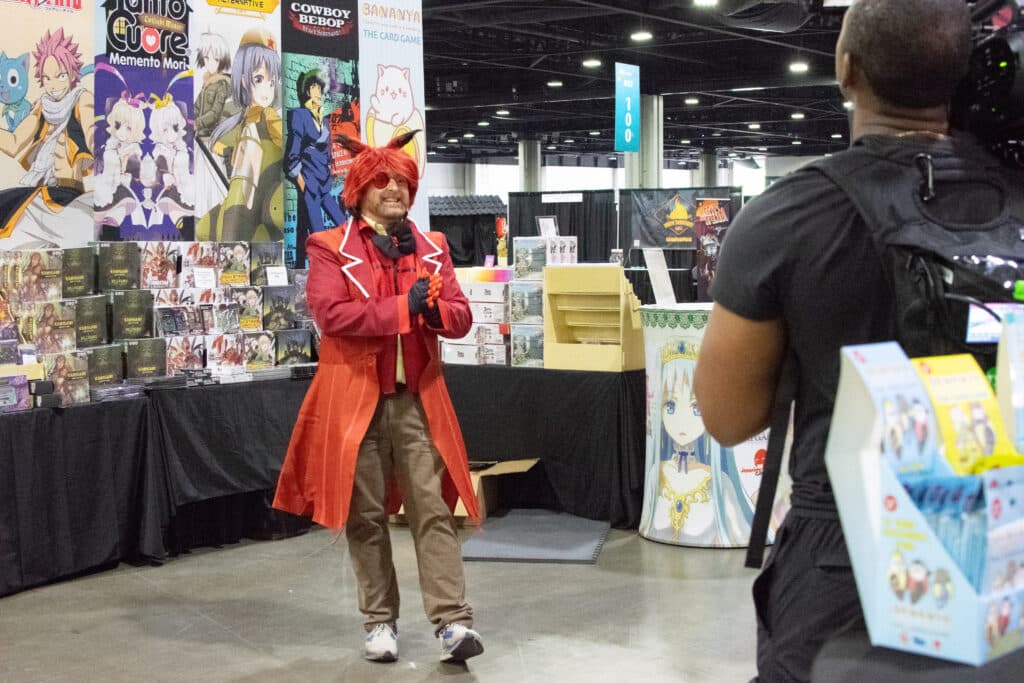
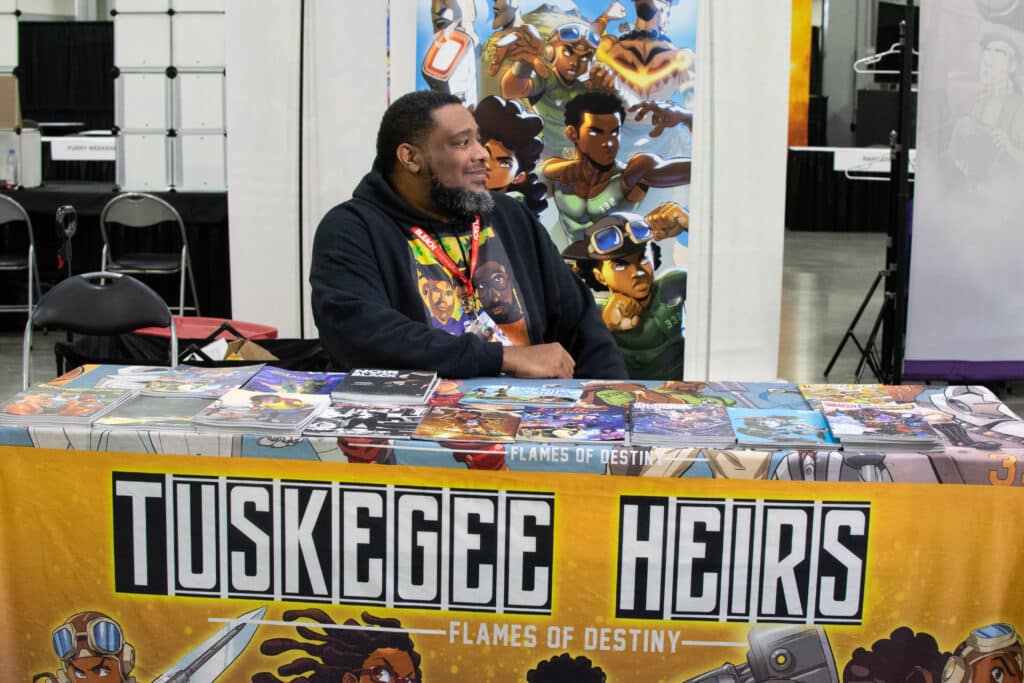
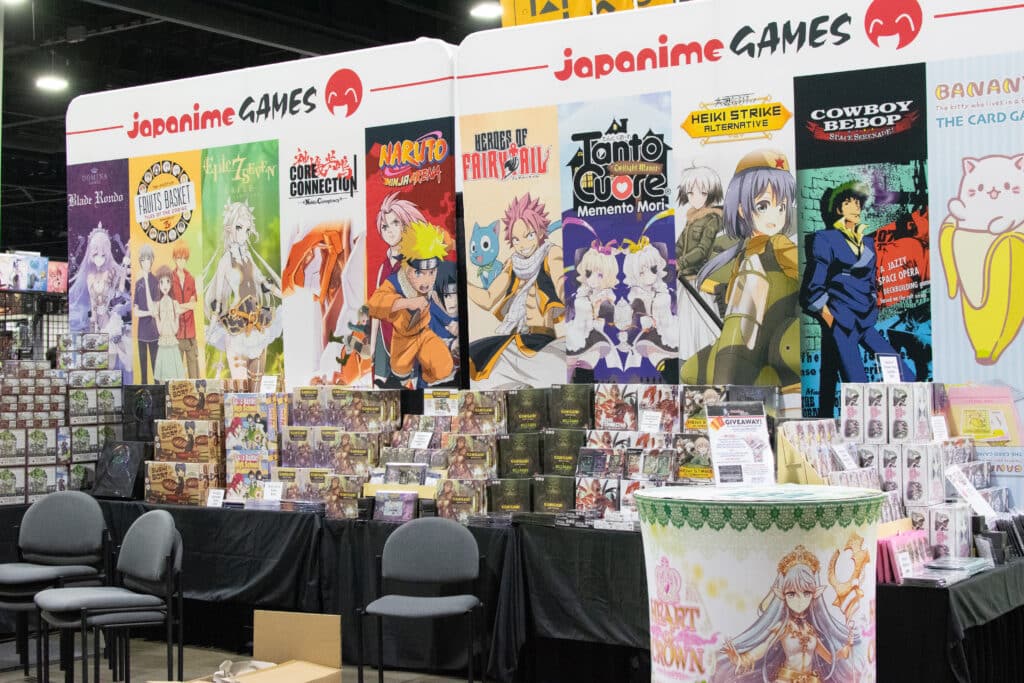
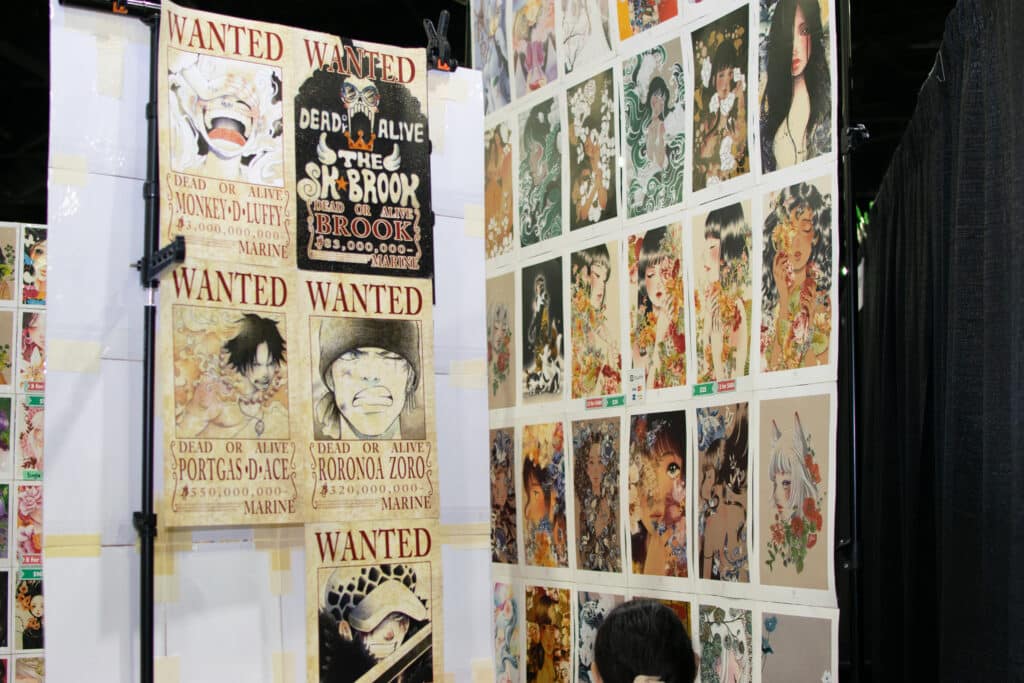
Returning fan favorites include the Artist Alley, Exhibitor’s Hall, panels, raves and afterparties, the cosplay showcase, Disney singing contest and movie screenings.
There’s also a full schedule of workshops, live performances and appearances from over 150 special guests from across industries.
Featured guests
In fact, one of MomoCon’s biggest draws is the celebrity guests on hand each year for autographs and special sessions. A few of this year’s guests include:
Darryl McDaniels (from RunDMC) — a comic book and children’s book author who has also started a line of cookies.
Shadia Amin — a Colombian cartoonist from Atlanta (SCAD grad) currently working on graphic novels.
Greg Burnham — a comic book writer from Norcross who’s created indie comic hits “Tuskegee Heirs,” “The Search For Sadiqah,” “Little Rock Files” and “The Story of Solace.” His most recent is called “Bridges,” a story of four super-powered girls who band together to save Oakland from a group of evil bio-terrorists.
Brian Stelfreeze — comic book artist and an original member of Atlanta’s famed Gaijin Studios. Stelfreeze has worked with Marvel, DC and 12 Gauge comics on titles that include Batman, The Black Panther and Catwoman.
Daron Nefcy — creator and executive producer of Disney’s “Star vs. the Forces of Evil,” Netflix’s “We the People” and Nick’s “Robot and Monster.”
Reed Shannon — Raleigh, NC-based actor and star of Netflix’s “Arcane.”
Mick Wingert — voice actor whose work has appeared in “Arcane,” “What If?,” and “Kung Fu Panda.”
David Vincent — voice actor and producer who’s worked in animation, anime, video games (Resident Evil, Halo, Tekken, Super Street Fighter) and television (“NCIS,” “Criminal Minds,” “The Mentalist”).
Ryō Horikawa — Japanese voice of Vegeta in “Dragon Ball Z,” plus roles in “Saint Seiya” (Andromeda Shun); “Detective CONAN” (Hattori Heiji); and “Mobile Suit Gundam”
Chris Sabat — veteran voice actor, director and producer with a résumé that reads like a list of anime’s greatest hits. From the proud Saiyan prince Vegeta and the stoic swordsman Roronoa Zoro to the world’s greatest hero, All Might, and the slightly tipsy Yami from “Black Clover.”
A full list of 2025 celebrity guests can be found here.
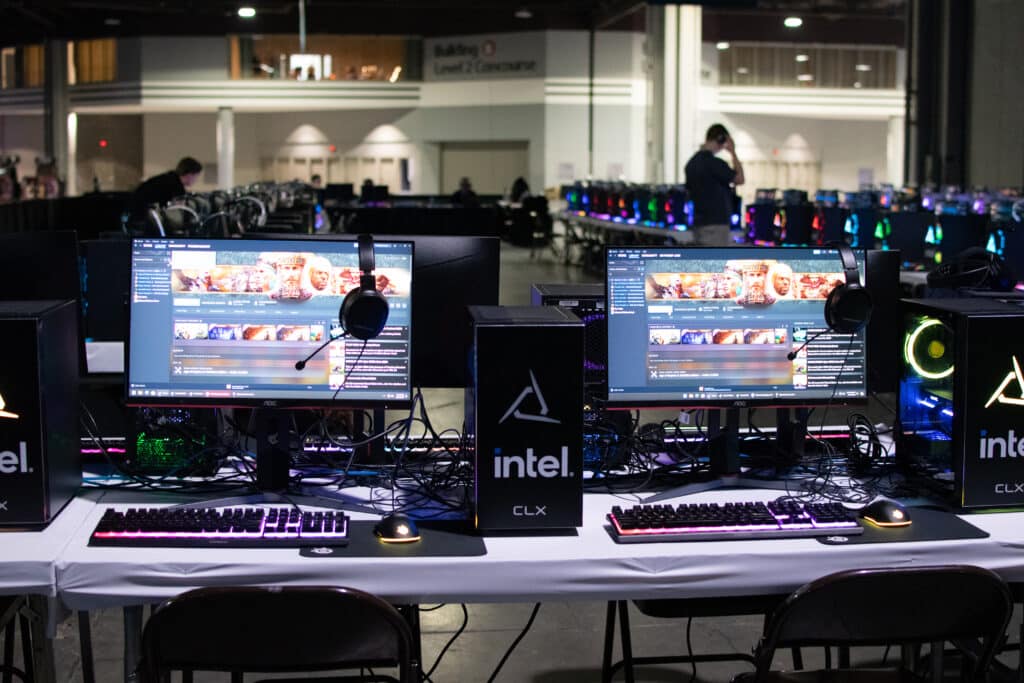
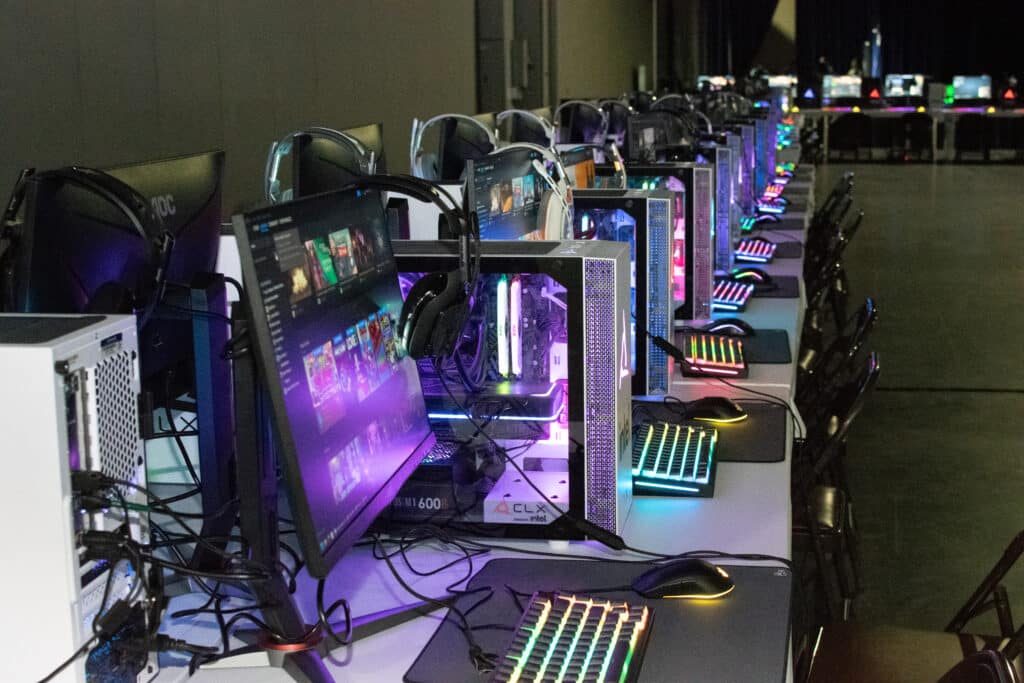
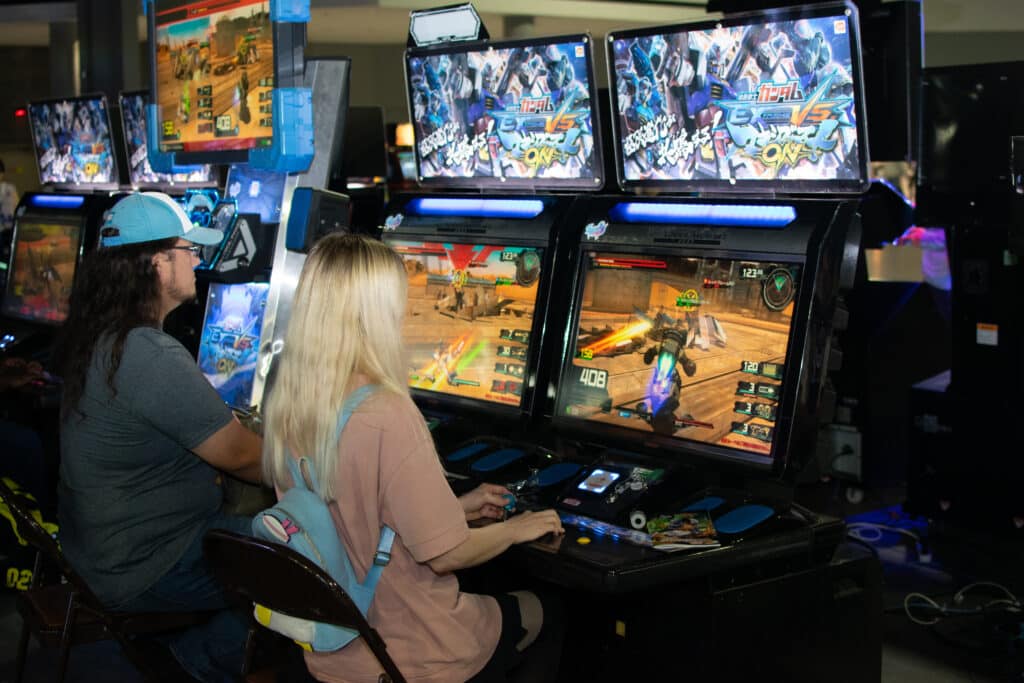
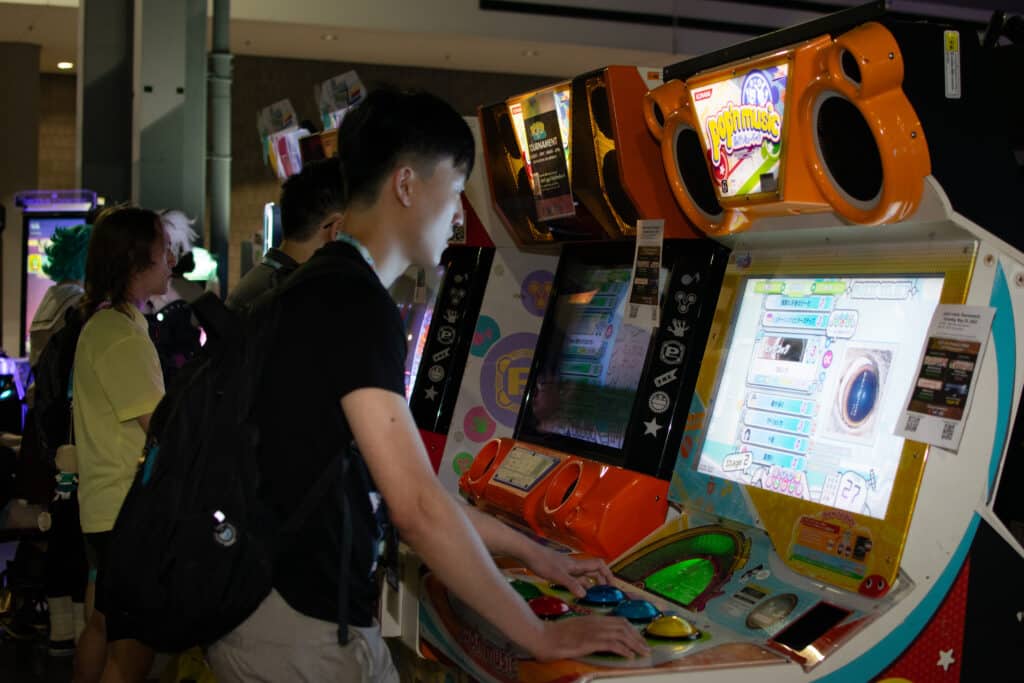
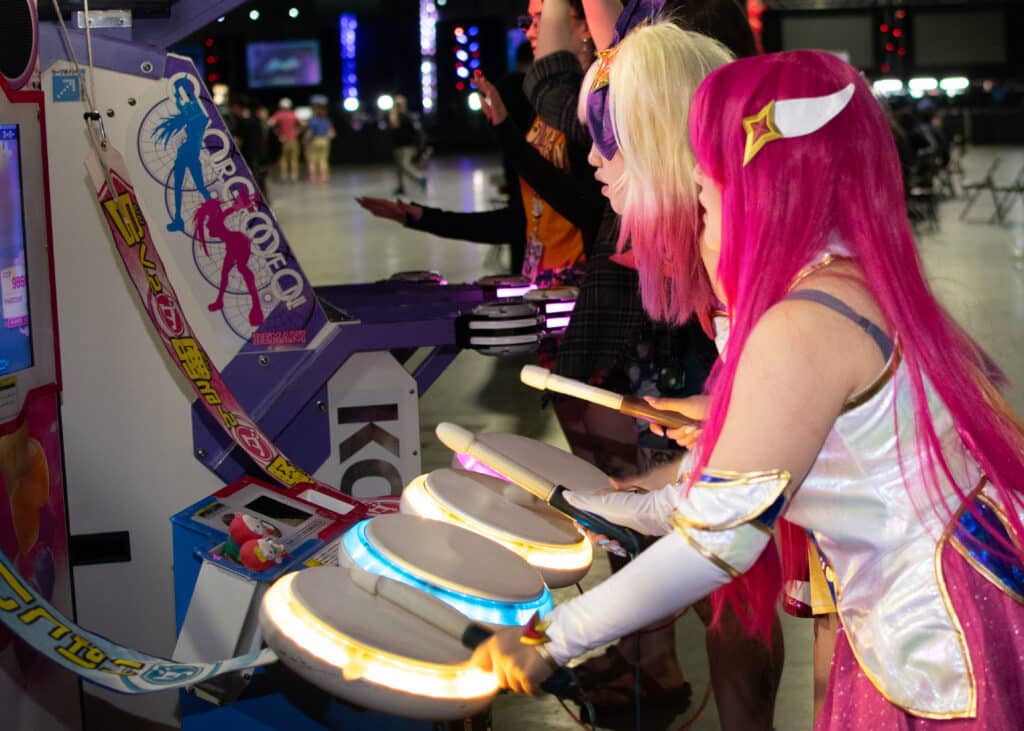
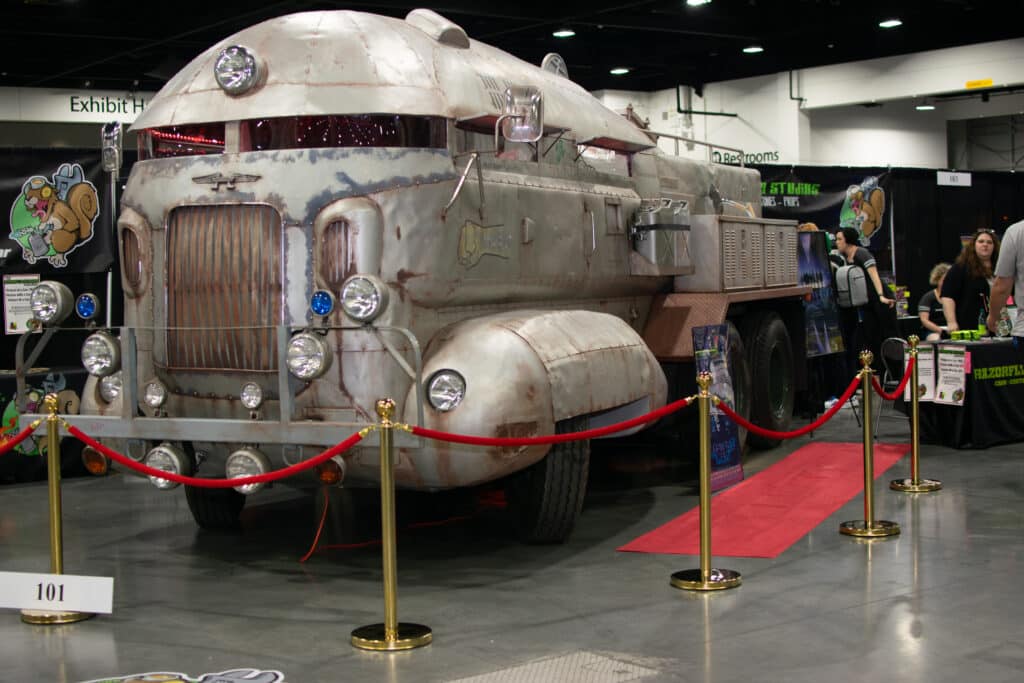
MomoCon by the numbers
- Over the years, MomoCon has grown from a 700 person, on-campus gathering to the largest event in the southeastern U.S. for fans of gaming, animation, cosplay, comics and tabletop games.
- Thousands of attendees come out to each year to enjoy gaming, costuming (cosplay), browsing the huge exhibitor’s hall and meeting celebrity voice talent, designers and writers from their favorite shows, games and comics.
- It features the second largest open game hall in the United States. Open non-stop over the weekend, it spans 300,000+ sq. ft. of arcades, esports stages, PC and LAN gaming, console tournaments and freeplay, board and card gaming, RPGs and LARP.
- More than 90,000 square feet is dedicated to tabletop games, board games, card games, role playing games and miniatures. Want to learn a new game? Instructors are on hand to teach the hottest new games (and old games too).
- There’s also 300,000 square feet for celebrity autographs, vendors, workshops and international and indie game developers.

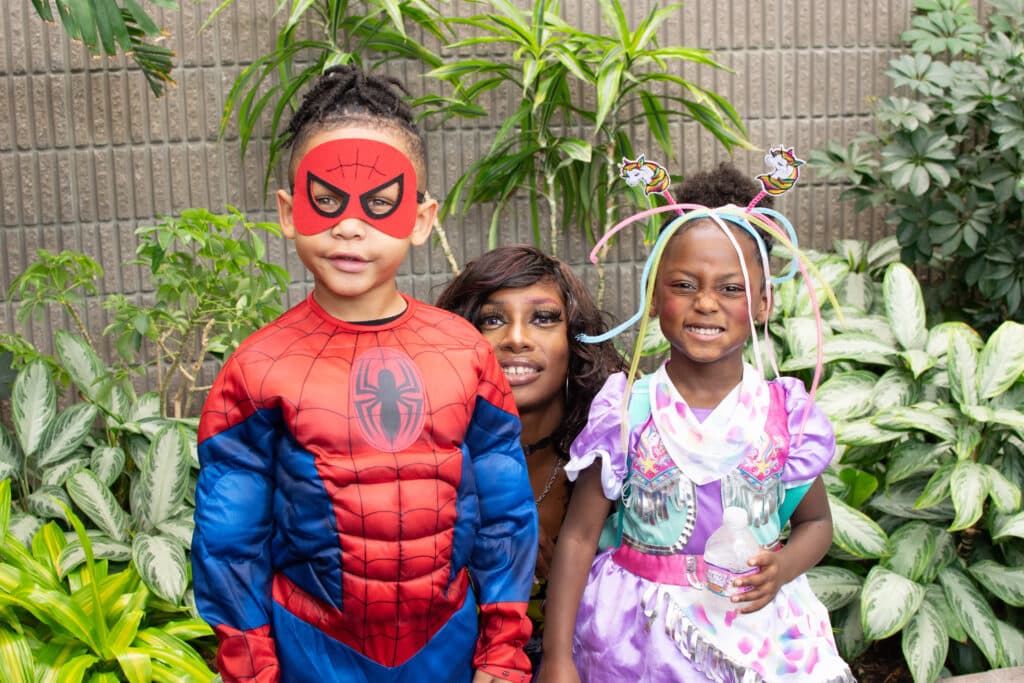
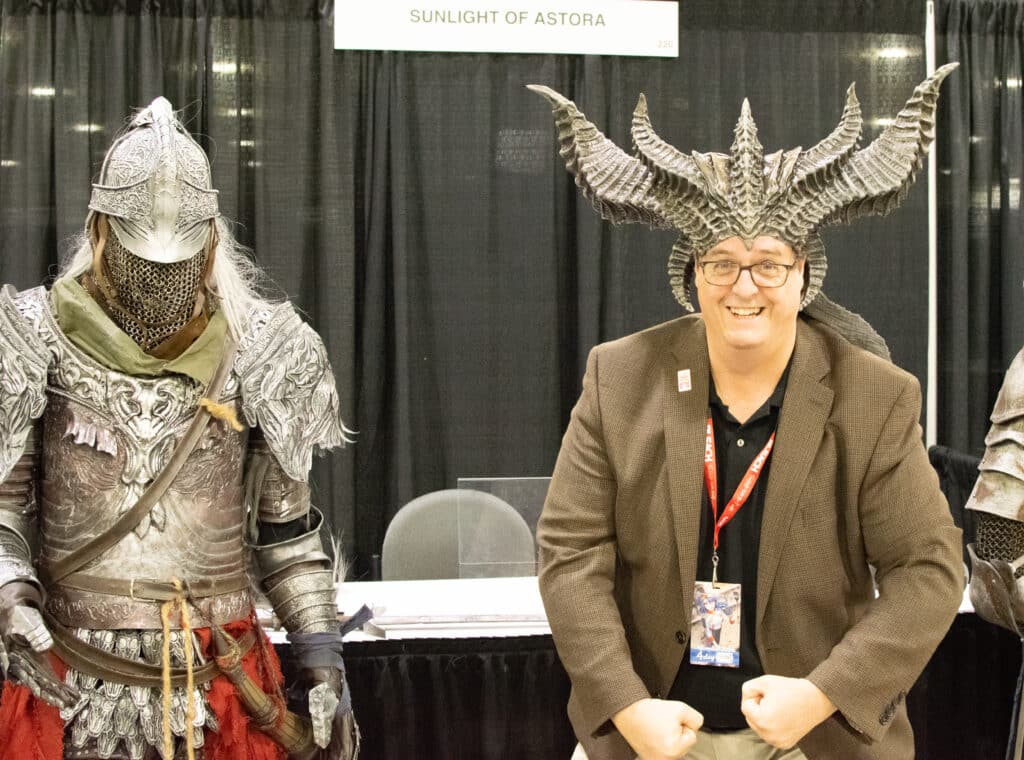
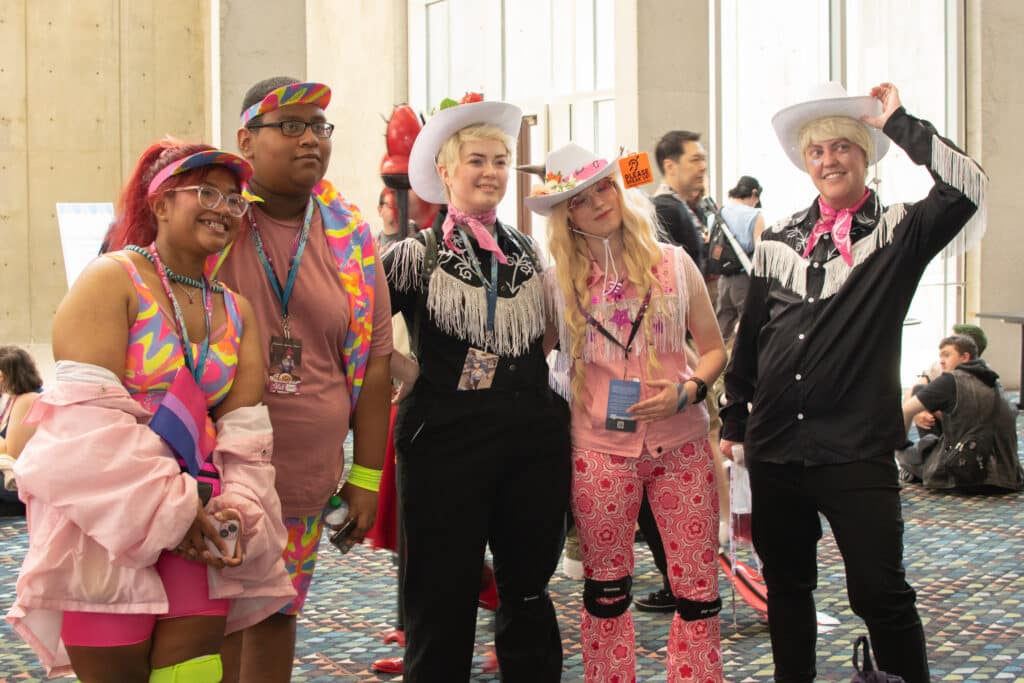
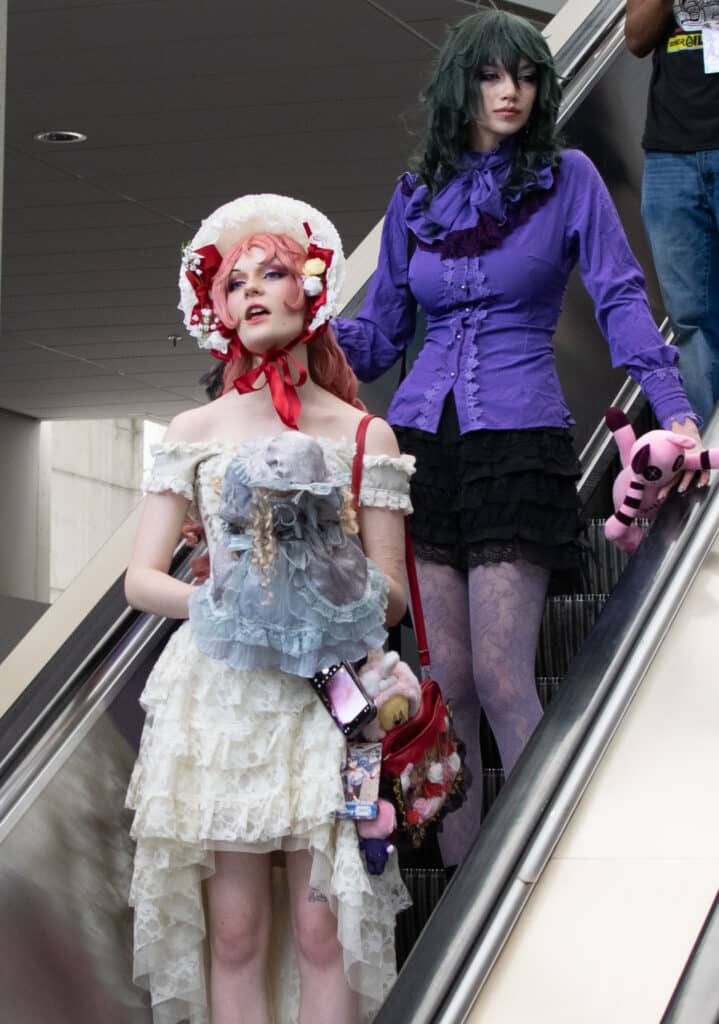
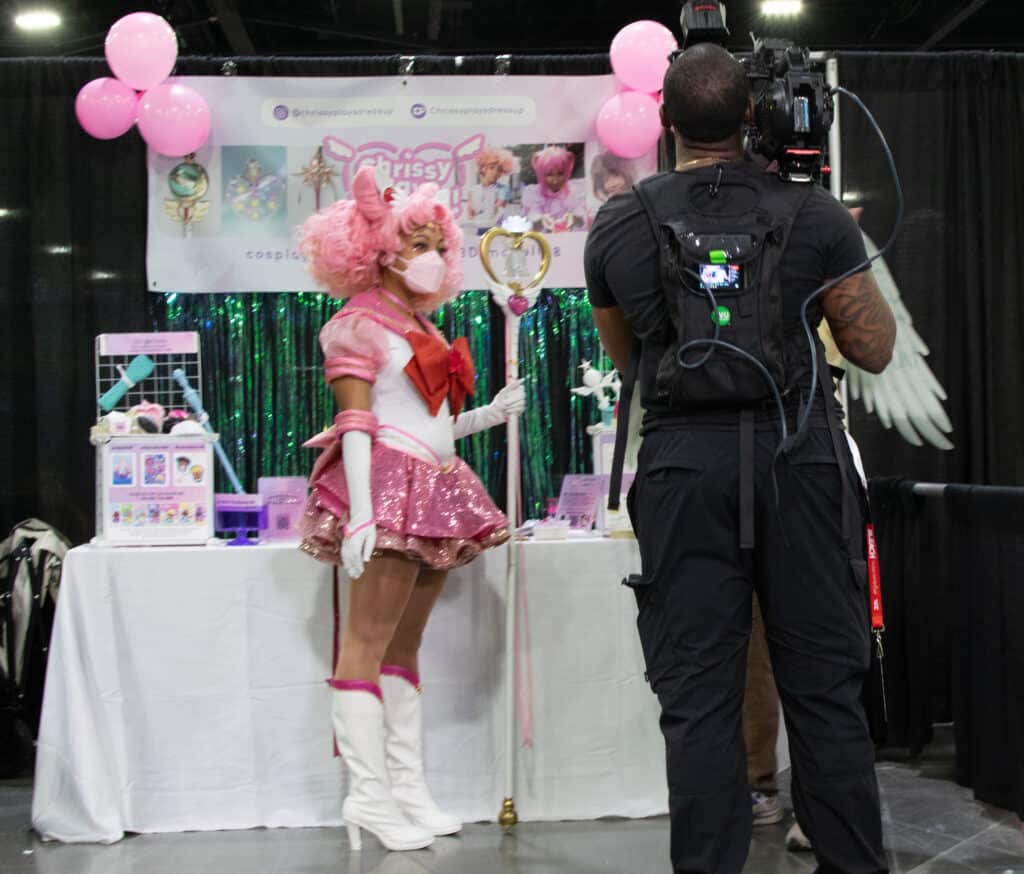
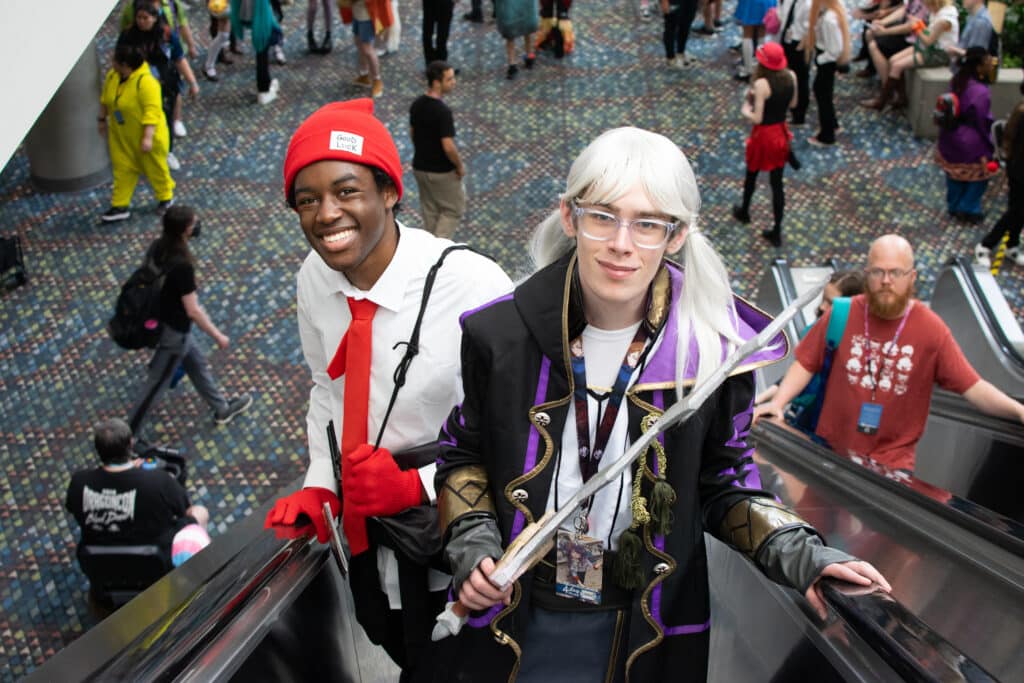
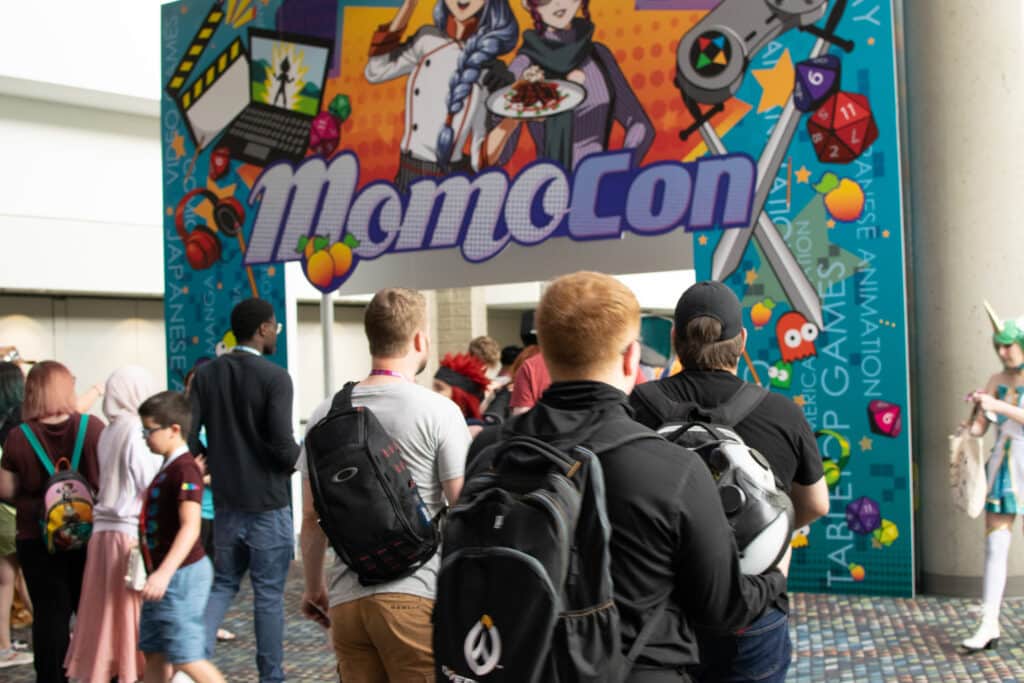
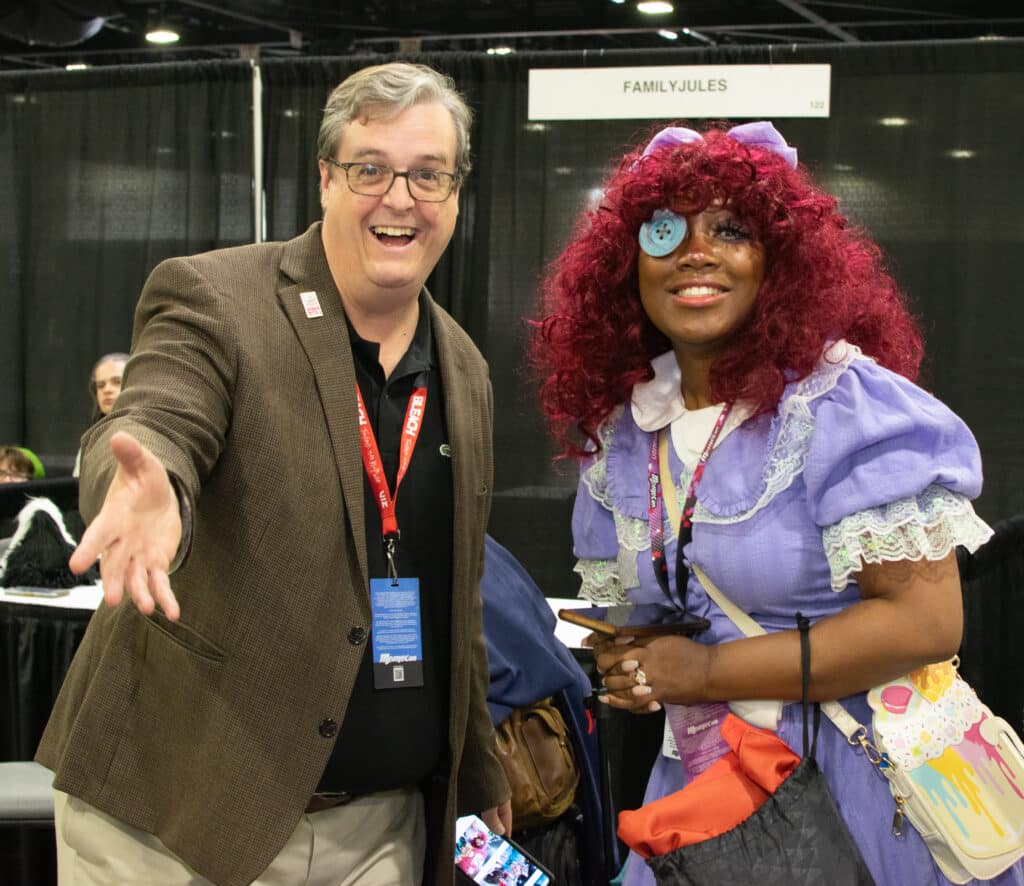
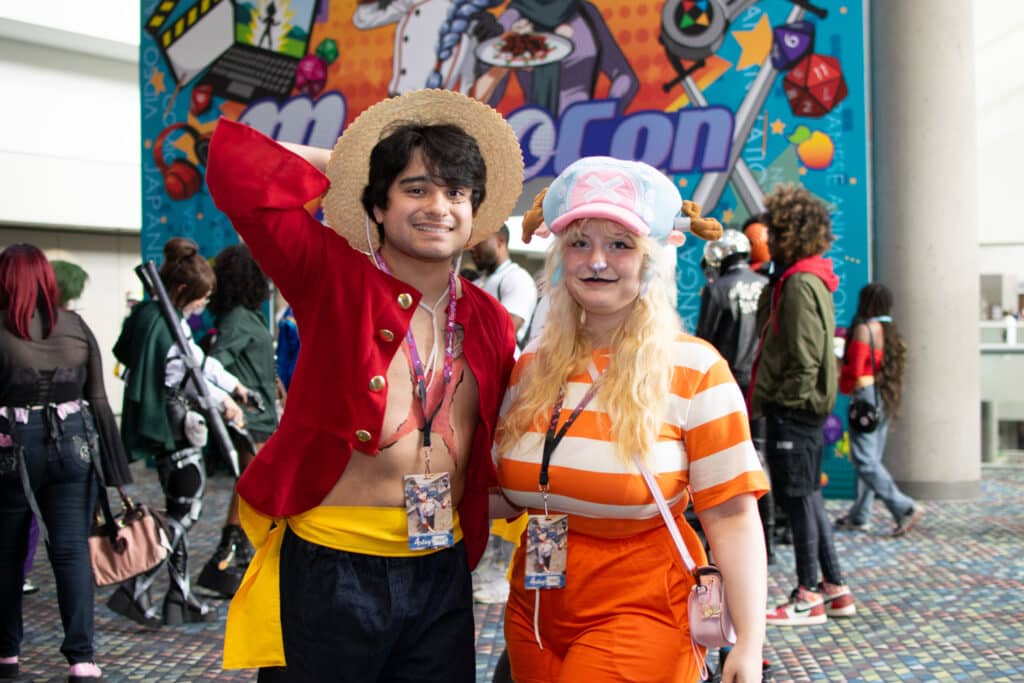
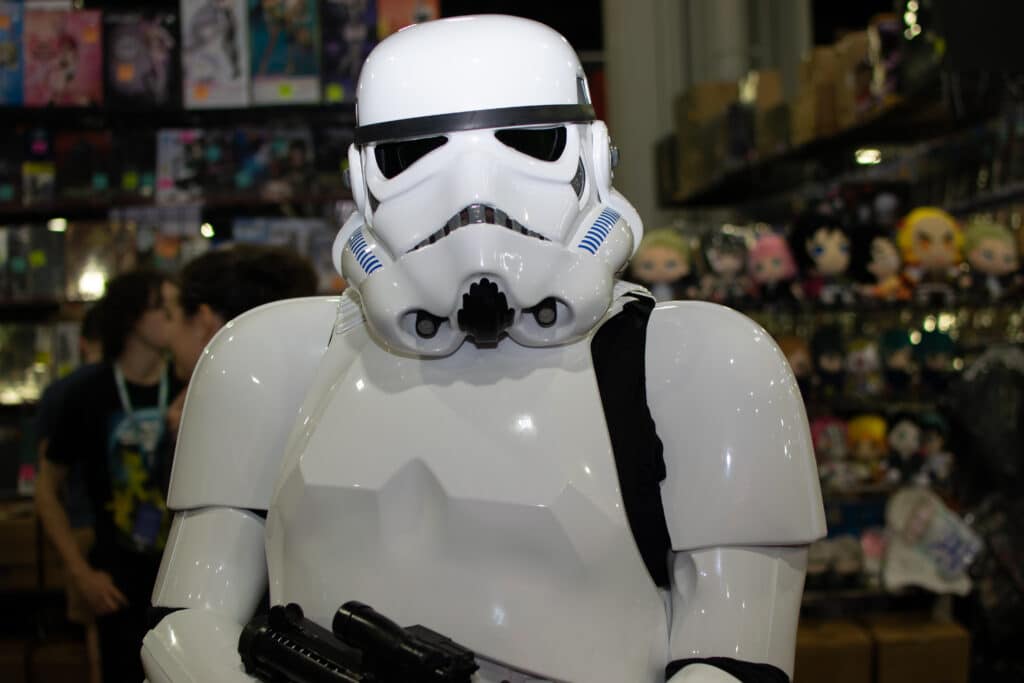
The details
MomoCon runs from 2 p.m. Thursday, May 22 through 5 p.m. Sunday, May 25 at the Georgia World Congress Center (Hall B). Additional events may take place at the nearby Omni Hotel and the Hilton Signia Downtown.
Registration is open now, with four-day or single day passes available. Four-day membership passes are $105 plus fees. Single days range from $50–$65 (kids 9 and under free).
Game tournament registration and separate concert tickets are also available.
Parking is limited in the area, and the GWCC lots do not take same-day reservations, so attendees are encouraged to take MARTA, if possible. The GWCC station is a short walk to the convention center.
You’ll find full details and a schedule of planned events at momocon.com.
Related
Around Atlanta
Mike Schleifer to Leave Alliance for Lincoln Center Theater
Published
2 months agoon
March 26, 2025
After leading Atlanta’s Alliance Theatre through two major renovation projects, a global pandemic and more than 100 productions over 11 years, Managing Director, Mike Schleifer, will leave the Alliance at the end of the year to become the managing director of Lincoln Center Theater in New York.
As managing director of the Alliance, Schleifer oversees all operational, marketing, financial, fundraising and shared services activities. In his new role, Schleifer will oversee LCT’s financial and operational health and ensure long-term sustainability and growth. He will also work to align strategic planning with artistic goals, manage the theater’s union relationships, lead budgeting, marketing and capital planning efforts and identify and develop new revenue opportunities.
“While it’s rare to find a managing director who is equally brilliant at the operational and financial part of the job, it’s simply unheard of to find one who excels on those fronts and leads with such unabashed heart, vision and humor,” said Jennings Hertz Artistic Directors Tinashe Kajese-Bolden and Christopher Moses in a joint statement.
“For the past 11 years, we had the unfathomably good fortune to have all that and more in Mike Schleifer. Mike’s willingness to bet on our mission and invest in the extraordinary talent of the Alliance staff allowed us to realize aspirational dreams we never would have dared to dream without his encouragement and faith. We’ll miss him daily but cannot wait to witness the joy he’ll bring to the Lincoln Center Theater.”
During his tenure
During his tenure with the Alliance, Schleifer led the administrative and producing teams on over 100 productions and moved four shows to Broadway, including last season’s “Water for Elephants” and this season’s “Maybe Happy Ending.”
He spearheaded the $36 million renovation of the award-winning Coca-Cola Stage and is currently leading the $26 million renovation of the Goizueta Stage for Youth and Families. Under his leadership, the Alliance more than doubled its operating budget, tripled its endowment and continued to lead the country in work developed for young audiences.
“It’s been a true honor and privilege to work, lead and learn at the Alliance Theatre for the last eleven years,” said Schleifer. “I’m deeply grateful to the staff, artists and audiences of the Alliance Theatre and Woodruff Arts Center who have made this journey so rewarding.”
“We’ve achieved remarkable milestones — from moving productions to Broadway to completing transformative capital projects,” he continued. “I’m excited for what’s next, but I won’t be leaving until we cut the ribbon on the new Goizueta Stage for Youth and Families — a project that reflects the Alliance’s deep commitment to the next generation of theatergoers, both with the physical theater space and with the endowment we’re raising to make the work on that stage financially accessible for all.”
Additional roles
In addition to his work at the Alliance, Schleifer serves on the boards of the League of Resident Theatres and True Colors Theatre Company. In 2018 he co-founded Volute Partners, a theatre consultancy focused on capital projects and the subsequent operational support and budgets needed to sustain them.
“We are immensely grateful for Mike’s leadership and tireless dedication to the Alliance Theatre. His vision, passion, and expertise have left an indelible mark on this organization,” said Hala Moddelmog, president and CEO of Woodruff Arts Center.
“We take great pride in seeing him step into this well-deserved opportunity, knowing he will make a lasting impact at Lincoln Center Theater.”
New leadership
The leadership of the Woodruff Arts Center, with support from members of the Alliance Theatre Board of Directors, will conduct a national search for the Alliance’s next managing director, led by executive search firm, Corps Team.
“On behalf of the Alliance’s board of directors, we want to thank Mike for more than a decade of service to the Alliance and Atlanta community,” said Kendrick Smith, Alliance Theatre Board of Directors chair. “He oversaw a period of unprecedented growth with a spirit of collaboration and unwavering commitment to the theater’s artistic vision.”
“As we begin the national search for his successor, we remain dedicated to the theater’s mission of expanding hearts and minds, on stage and off.”
About the Alliance Theatre
Founded in 1968, Alliance Theatre is the leading producing theater in the Southeast, reaching more than 165,000 patrons annually.
The Alliance is led by Jennings Hertz Artistic Directors Tinashe Kajese-Bolden and Christopher Moses and Managing Director Mike Schleifer and is a recipient of the Regional Theatre Tony Award® for sustained excellence in programming, education and community engagement.
In January 2019, the Alliance opened its new, state-of-the-art performance space, The Coca-Cola Stage at Alliance Theatre.
Known for its high artistic standards and national role in creating significant theatrical works, the Alliance has premiered more than 140 productions, including eleven that have transferred to Broadway.
Additionally, the Alliance education department reaches more than 90,000 students annually through performances, classes, camps and in-school initiatives designed to support teachers and enhance student learning.
The Alliance Theatre values community, curiosity, collaboration and excellence and is dedicated to representing Atlanta’s diverse community with the stories they tell, the artists, staff and leadership they employ and the audiences they serve.
For more information, visit alliancetheatre.org.
Related
Around Atlanta
Fantastical Creatures in Fernbank’s WildWoods
Published
2 months agoon
March 5, 2025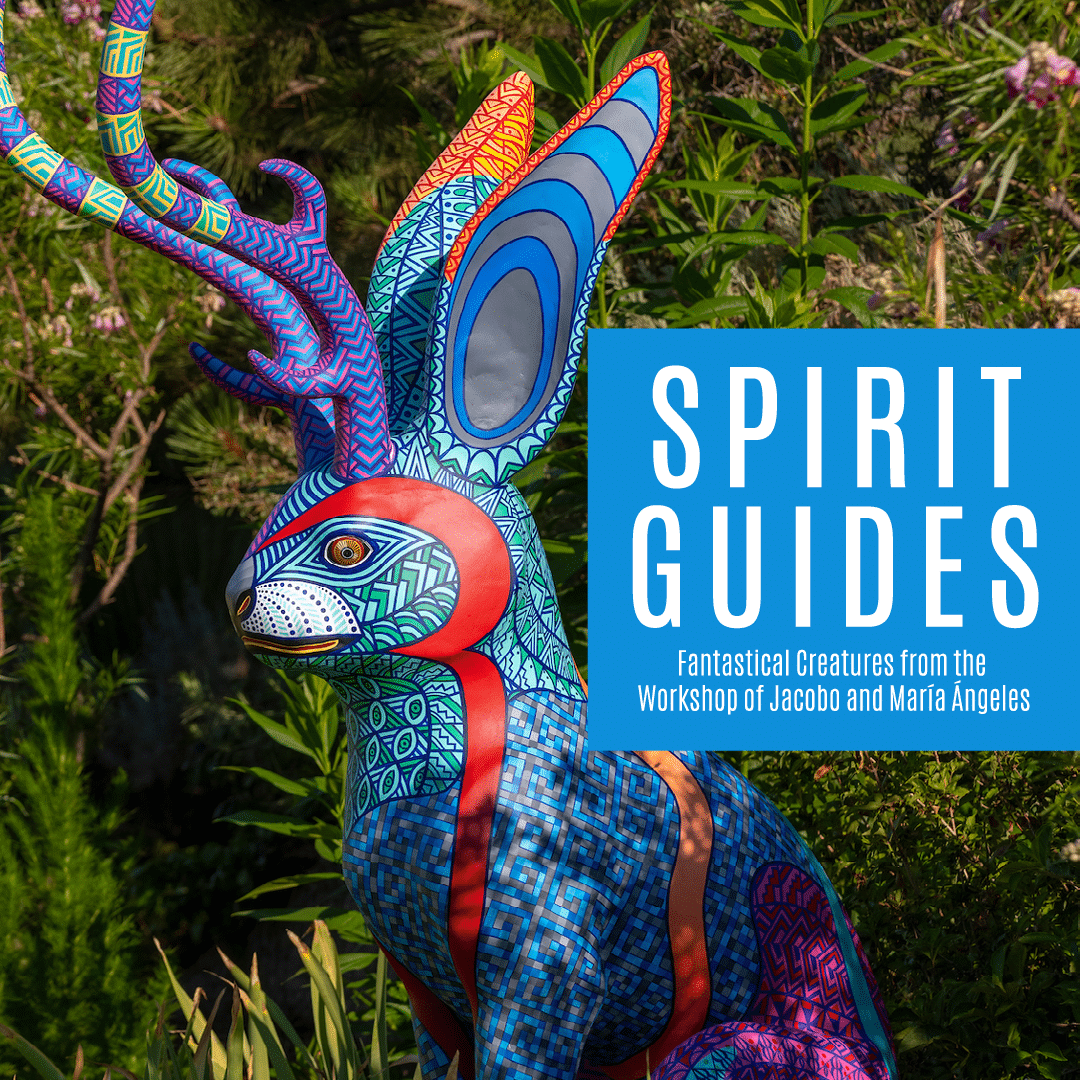
Encounter mythical creatures in a natural landscape when “Spirit Guides: Fantastical Creatures from the Workshop of Jacobo and María Ángeles” opens March 29.
Immerse yourself in a breathtaking outdoor exhibit that intertwines Mexican cultures and contemporary art when “Spirit Guides: Fantastical Creatures from the Workshop of Jacobo and María Ángeles” opens at Fernbank Museum.
From March 29 to August 3, guests can enter a supernatural world as they walk alongside towering, brightly colored and richly patterned sculptures in the natural landscape of Fernbank’s WildWoods.
Presented in both English and Spanish, this collection of brightly-colored fiberglass sculptures depicts imaginary hybrid animals and offers visitors an unparalleled journey into an imaginative take on the spiritual landscape of southern Mexico’s Indigenous traditions.
Inspiration and legend
In creating “Spirit Guides,” artists Jacobo and María Ángeles were inspired by an ancient Zapotec stone calendar. Indigenous to southern Mexico, Zapotec culture is deeply connected to plants, seasons and animals.
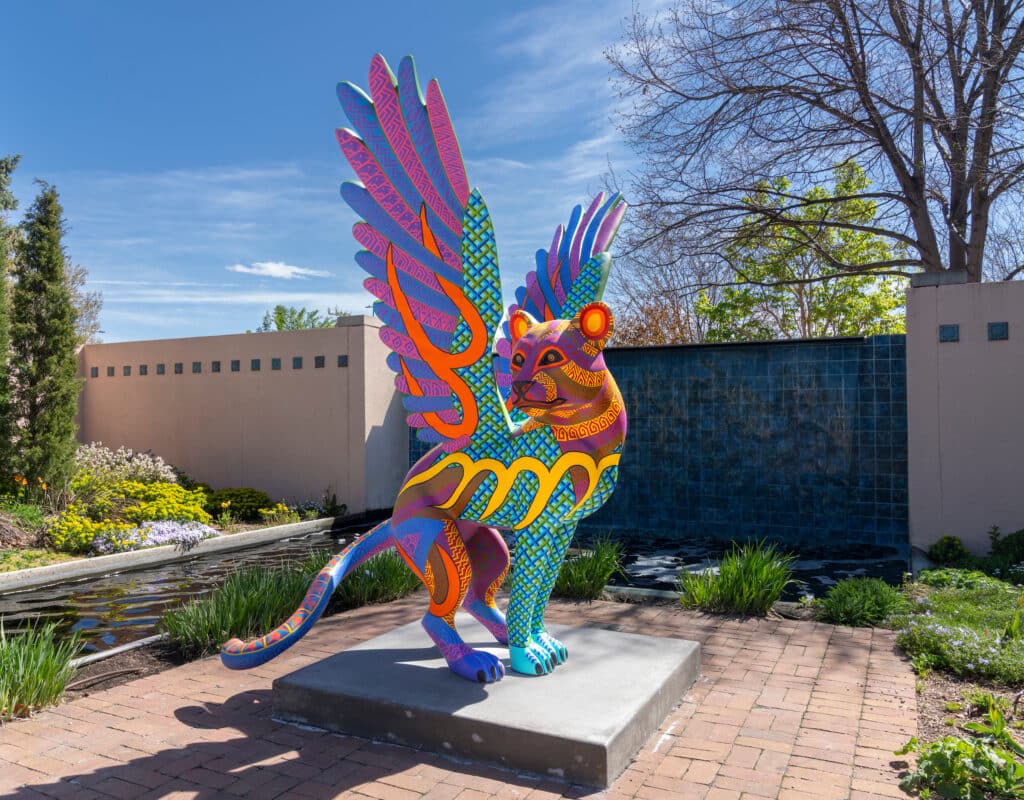
“Spirit Guides” beckons visitors to travel into the spiritual landscape of Mexico’s Indigenous traditions through these animal sculptures that act as both spirit guides and astrological embodiments of human character.
Some of the hybrid animals depicted include a combination of a deer-butterfly or a coyote-fish. These larger-than-life sculptures depict patterns and designs that symbolize different aspects of Zapotec life and culture, such as happiness, fertility and community.
The artists have previously stated that, according to a Zapotec legend, when you are born an animal comes to you to serve as your protector in this world. This animal is your tona, a being that shares your destiny and soul.
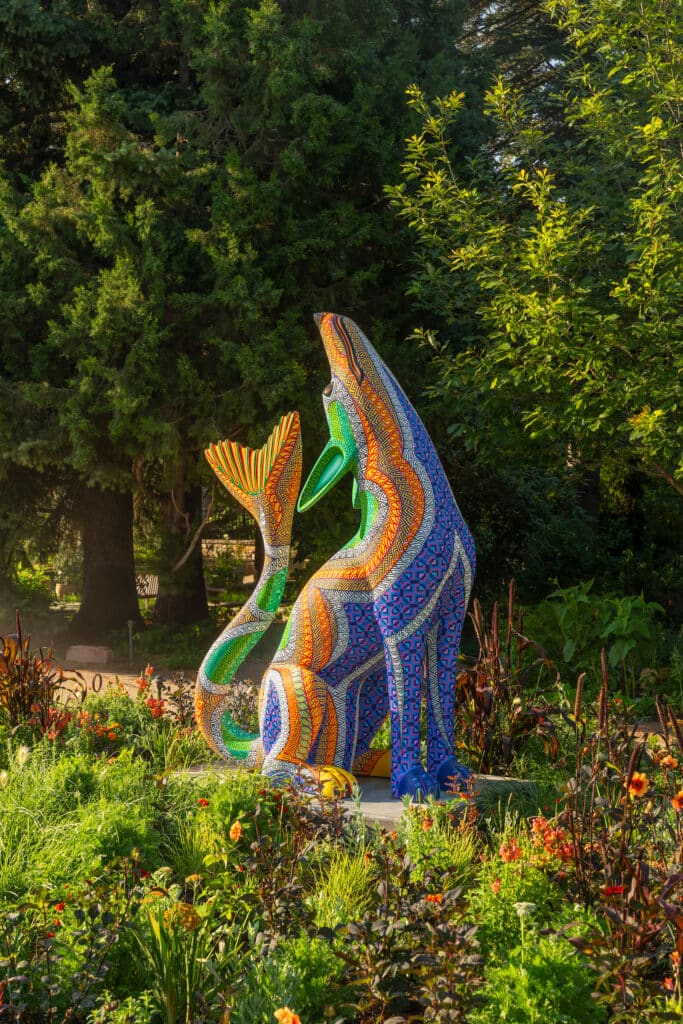
Along with your tona, you also have a nahual, which is assigned based on the year of your birth. This spirit animal embodies characteristics that mirror your own personality.
As guests stand before the sculptures in WildWoods — some of which stand nearly 8 feet tall and 9 feet wide — they are made conscious of the profound connection between the natural and cosmological worlds.
About the Artists
Jacobo and María Ángeles are a married artist team based in Oaxaca, Mexico.
Joyful, fanciful and distinctively patterned, the Ángeles’ animal sculptures embrace both contemporary art and folk-art traditions. They employ and teach more than 100 artisans in their workshop, which has created artworks shown in museums around the world.
Exhibit details
By drawing inspiration from the Zapotec calendar and their own imaginations, the Ángeles team sculpted their own mythical creations.
This exhibit features eight towering, vibrant fiberglass sculptures of hybrid animals, intersecting art, mythology and identity. The sculptures were designed through a multi-step process that included conceptual sketches, small wooden renderings and papier mâché molds before casting the fiberglass.
A team of artisans then helped to paint the sculptures with striking colors and intricate geometric patterns inspired by Zapotec and other Indigenous designs, each with their own unique meaning.
Organized by Denver Botanic Gardens, “Spirit Guides: Fantastical Creatures from the Workshop of Jacobo and María Ángeles” is on view from March 29 – August 3, 2025. The exhibit is included with General Admission at Fernbank Museum and is free with CityPASS.
It will also be on view select nights when the museum is open, including during Fernbank After Dark and Fernbank … but Later.
For more information, please visit fernbankmuseum.org.
Related
Read the Digital Edition
Subscribe
Keep Up With Peachtree Corners News
Join our mailing list to receive the latest news and updates from our team.
You have Successfully Subscribed!

Digital Edition

Official City Merchandise Line Debuts This Saturday at Town Green

Peachtree Corners Hosts Discussion About the Future of Local Policing

World Blood Donor Day Starts Here: Theo’s Miracle, Katherine’s Mission [Podcast]

Executive Function: A Tribute to Working Moms

Peachtree Corners Grows Business Opportunities Through Economic Development

D1 Training Brings New Fitness Concept to Peachtree Corners

Simpson Elementary Marks Exceptional Children’s Week

MomoCon 2025 to bring 60,000 Fans to Atlanta for a Weekend of Cosplay, Animation, Gaming and Music

Local Special Olympics Pickleball Team Honored with State House Resolution

Atlanta’s Dog Howl-O-Ween Festival Moving to Peachtree Corners for 2025

D1 Training Brings New Fitness Concept to Peachtree Corners

Peachtree Corners Hosts Discussion About the Future of Local Policing

City of Peachtree Corners Awarded Certificate of Achievement From GFOA for Seventh Straight Year

Simpson Elementary Marks Exceptional Children’s Week

Executive Function: A Tribute to Working Moms

Light up the Corners [Video]

Capitalist Sage: Business Leadership in Your Community [Podcast]

Cliff Bramble: A Culinary Adventure through Italy

Top 10 Brunch Places in Gwinnett County

A Hunger for Hospitality

THE CORNERS EPISODE 3 – BLAXICAN PART 1

Top 10 Indoor Things To Do This Winter

The ED Hour: What it takes to Remove Barriers from Education
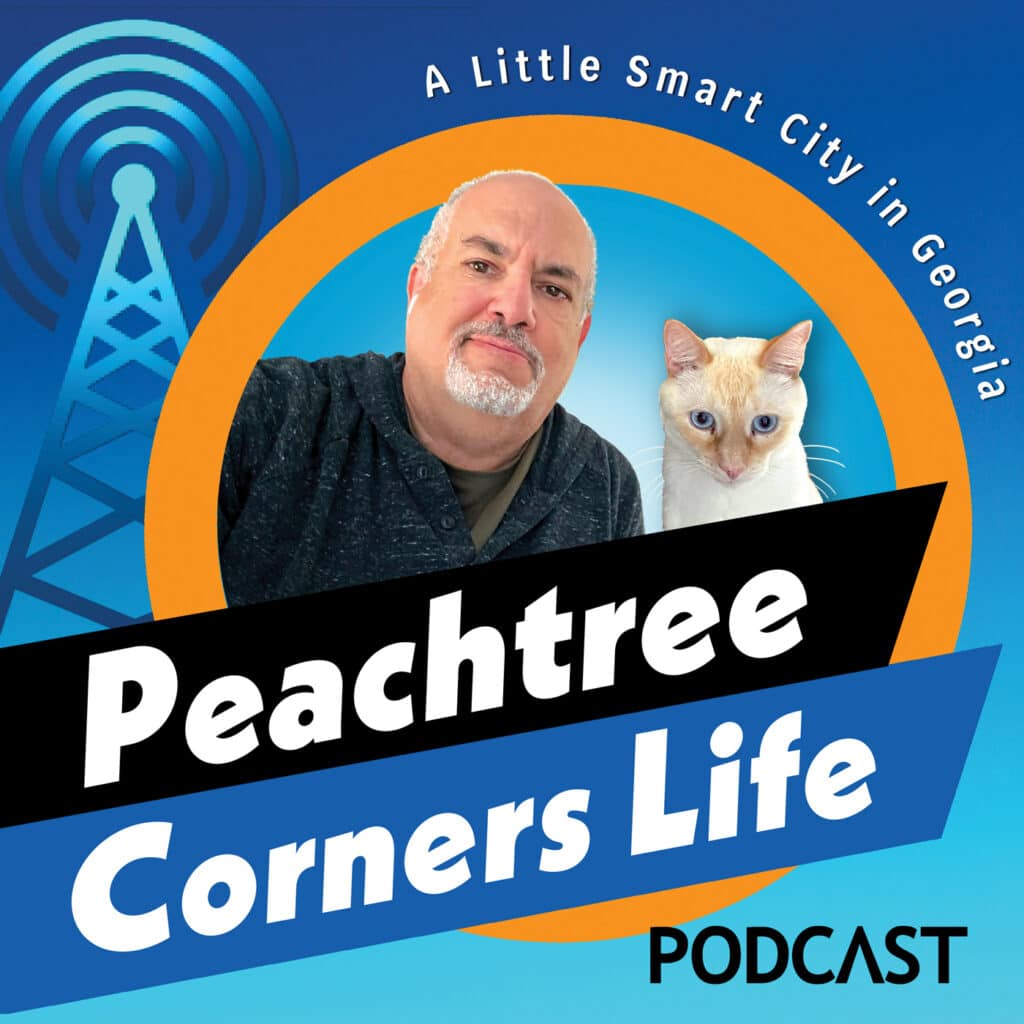
Peachtree Corners Life
Topics and Categories
Trending
-
City Government5 days ago
Peachtree Corners Hosts Discussion About the Future of Local Policing
-
Fitness3 days ago
D1 Training Brings New Fitness Concept to Peachtree Corners
-
Pets & Animals3 days ago
Atlanta’s Dog Howl-O-Ween Festival Moving to Peachtree Corners for 2025
-
Sports2 days ago
Local Special Olympics Pickleball Team Honored with State House Resolution





